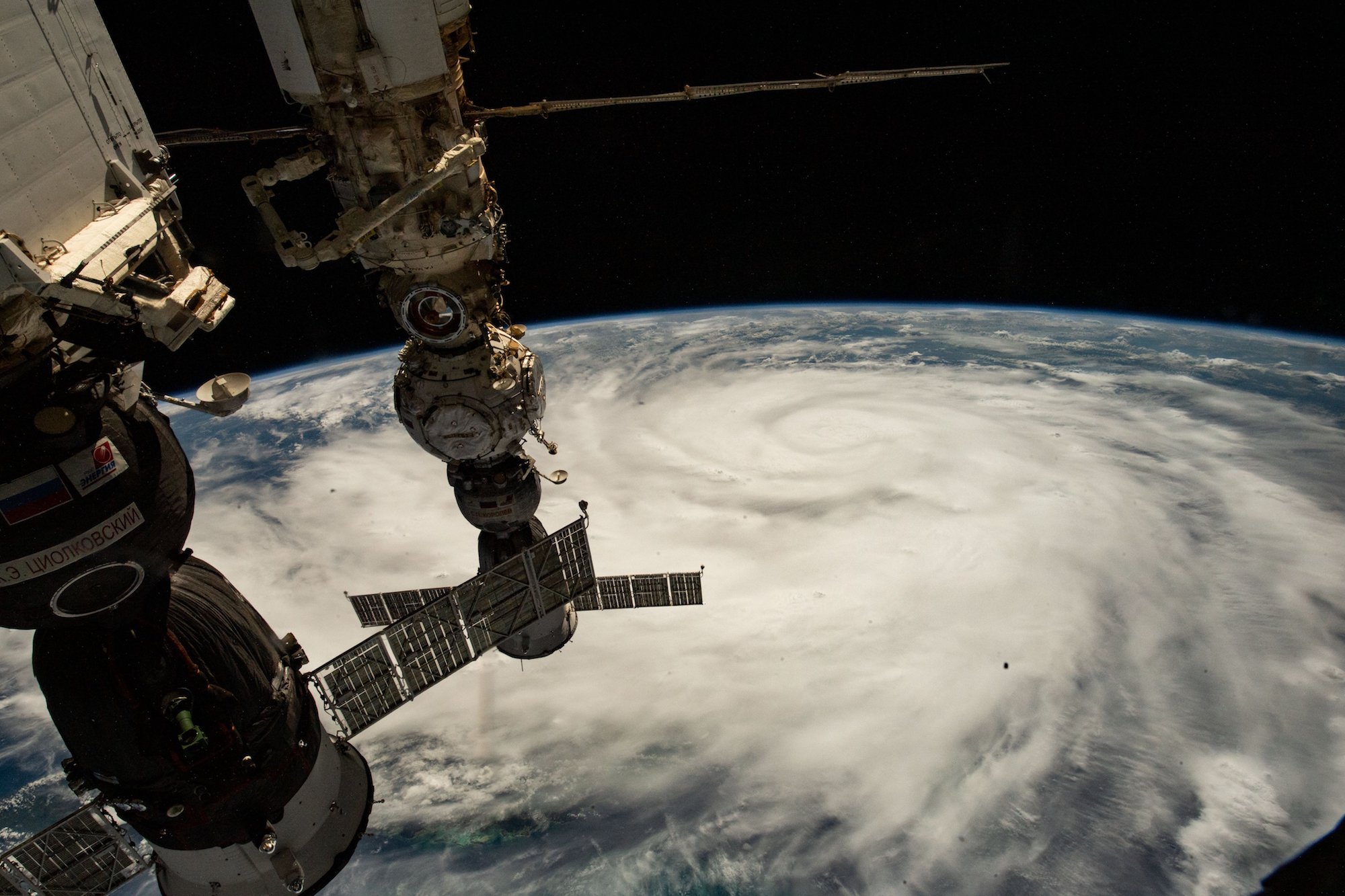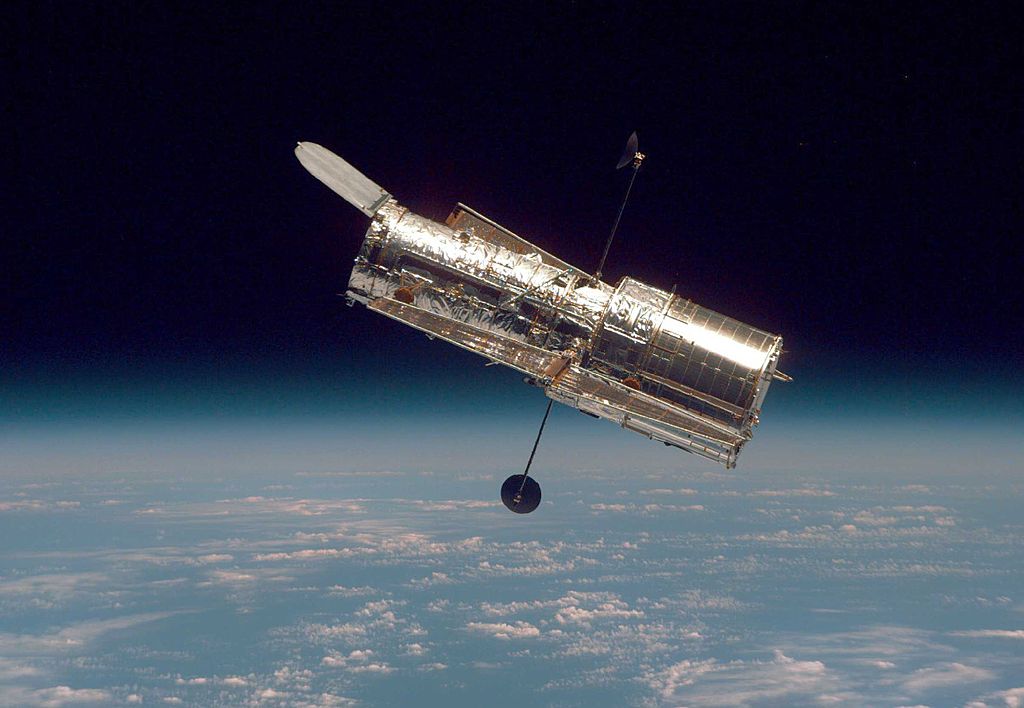Hello and welcome back to Max Q. I hope all of our Florida readers stayed safe during Hurricane Ian — thinking of you guys. In this issue:
- How the Space Coast braced for the storm
- Humans: 1, Asteroids: 0
- News from Astra, Firehawk Aerospace and more
By the way…We are just a few weeks away from TechCrunch Disrupt, which is returning live and in-person to San Francisco on October 18-20. Use this link to receive 15% off passes (excluding online and expo).
How the Space Coast prepped for Hurricane Ian
Florida’s Space Coast battened down the hatches in preparation for the arrival of the extremely powerful and slow-moving Hurricane Ian, with officials rolling rockets back to the safety of hangars and delaying launches until the storm passes.
By Wednesday afternoon, Cape Canaveral Space Force Station and Kennedy Space Center (KSC) entered HURCON I, indicating that 50-knot sustained winds are likely within 12 hours. In light of these impending conditions, all non-essential facilities closed and the majority of staff were sent home. NASA also made the critical decision to roll back the Space Launch System rocket and Orion spacecraft from the launch pad to the Vehicle Assembly Building (VAB) on Monday, giving employees enough time to safely move the massive launch system ahead of the storm. The rollback, while indisputably necessary, will affect possible launch opportunities for the Artemis I moon mission. It’s looking likely that the next possible launch window will be no earlier than sometime in November.
Private companies with facilities on the Space Coast, including Relativity Space, United Launch Alliance and SpaceX, also secured their assets in hangars prior to the storm’s arrival. Two launches — NASA’s Crew-5, which was to launch on board a SpaceX Falcon 9, and United Launch Alliance’s Atlas V launch of two SES telecommunications satellites — were also postponed.
In an update, a NASA spokesperson writing on the KSC Twitter page tweeted that minimal damage was reported across most operational facilities.

Hurricane Ian as viewed from the International Space Station. Image Credits: NASA
NASA’s DART anti-asteroid satellite successfully smashes into space rock
In a big win for humanity, NASA successfully smashed a vending machine-sized satellite into a small asteroid, part of what the agency was calling the “Double Asteroid Redirection Test” (DART). The target asteroid, Dimorphos, is part of a two-asteroid system; while neither were in any risk of hitting Earth, the space agency saw them as an opportunity to test whether us humans could redirect an asteroid that was targeting Earth. After all, it’s happened before — just ask the dinosaurs.
NASA launched DART last November, using a SpaceX Falcon 9 to send the satellite on its collision course with Dimorphos. The DART spacecraft smashed into the asteroid moon at a speed of roughly 6.5 km per second on Monday evening at 7:14 p.m. ET, with confirmation of impact coming in a series of images from its onboard camera.

Image Credits: NASA
More news from TC…
- Astra will no longer send the remaining NASA TROPICS payloads to space, but instead will launch other “comparable” scientific missions for the agency, the company announced Wednesday. The change to the launch agreement comes a little over three months after Astra’s first TROPICS launch ended in failure after the upper stage shut down prior to delivering the payload to orbit.
- Astra also announced it had appointed a new CFO to help the company navigate a new capital market landscape as it seeks to grow its launch and propulsion businesses.
- The FCC passed new rules that commercial satellite operators must ensure their spacecraft are de-orbited no more than five years after their mission is complete, in the hopes of cutting down on the amount of “space junk” orbiting the Earth.
- Firehawk Aerospace has developed new rocket engines, a stable solid fuel to power them, and has landed millions in new funding to take the company through the next round of tests to its first in-atmosphere demonstration launch.
- SpaceX and NASA signed a new agreement to study the feasibility of sending a private crew to Hubble Space Telescope, in order to boost the telescope’s orbit. Such a mission could extend the operational lifespan of the telescope by as much as 20 years.

The Hubble Space Telescope, as seen from the Space Shuttle Discovery during Hubble’s second servicing mission in 1997. Image Credits: NASA via Getty Images.
…and beyond
- ARK Invest, an investment firm run by Cathie Woods, used two of its funds to purchase about 729,000 shares of Rocket Lab.
- Astroscale’s British subsidiary opened a new, 20,000-square-foot satellite manufacturing facility in Oxfordshire it’s calling “Zeus.”
- BryceTech released its quarterly launch report, finding that SpaceX launched nearly 500 spacecraft in Q2; a Chinese launch firm and Rocket Lab tied for second place, launching 36 spacecraft each.
- A congressional subcommittee is keeping close tabs on the Federal Aviation Administration’s investigation into the anomaly that led to a booster failure on a Blue Origin New Shepard rocket.
- Firefly Aerospace’s latest launch attempt was scrubbed at T-0, and the launch vehicle went into auto abort shortly after ignition. The company is “reviewing data to determine [its] next launch window.”
- Sierra Space is mulling a public offering in order to fund its private space station ambitions.
- SpaceX hit its fastest launchpad turnaround ever, conducting two launches within the span of just six days from the same pad.
- Spire Global was awarded $4 million from the National Oceanographic and Oceanic Administration to fund the development and demonstration of a hyperspectral microwave sensor in orbit.
- Starlink has manufactured over 1 million user terminals, SpaceX CEO Elon Musk said on Twitter.
- STOKE Space Technologies won a $1 million grant from the National Science Foundation to test its metallic heat shield technology.
- The National Reconnaissance Office awarded study contracts for commercial radio frequency remote sensing to six companies: Aurora Insight, HawkEye 360, Kleos Space, PredaSAR, Spire Global and Umbra Lab.
- The UK Space Agency awarded two contracts to ClearSpace and Astroscale to demonstrate in-space debris removal. The contracts are worth £2.25 million ($2.4 million) and £1.7 million ($1.8 million), respectively.
Max Q is brought to you by me, Aria Alamalhodaei. If you enjoy reading Max Q, consider forwarding it to a friend.
Max Q: Hubble hubble, toil and trouble by Aria Alamalhodaei originally published on TechCrunch















 English (US) ·
English (US) ·